Are you having trouble getting into a storage cylinder lock? Whether you’re trying to open it for an emergency or simply doing your daily task of securing items in the cylinder, feel satisfied.
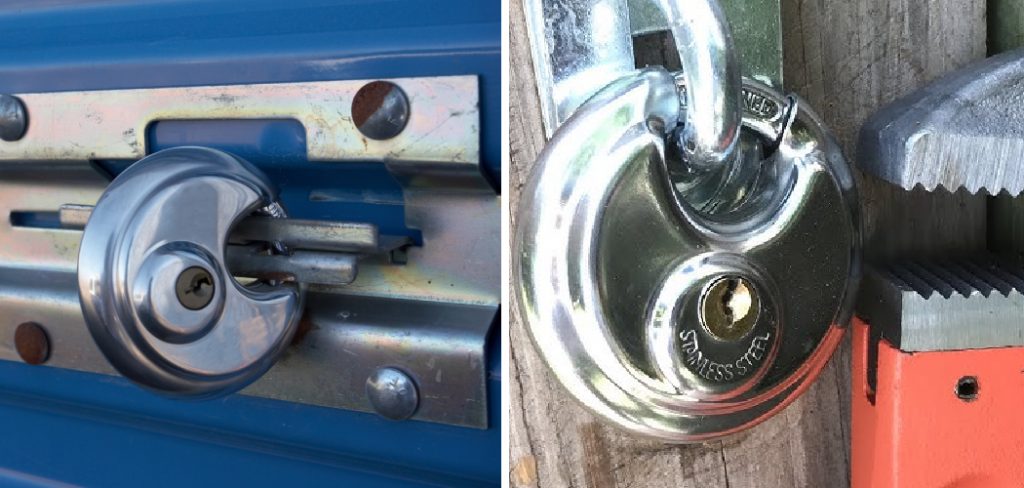
This guide will provide a detailed process on how to break a storage cylinder lock safely and effectively. We’ll explain how simple tools can help unlock the stubborn locks that are stopping you from gaining access and discuss ways to prevent them from malfunctioning again.
So whether you want to save yourself time – or frustration – this article will show you exactly what steps must be taken. Keep reading; soon enough, you’ll have those protective cylinders easily opened!
What Will You Need?
Before you get started, it’s important to know what tools you’ll need to break a storage cylinder lock. The most basic materials include:
- A flathead screwdriver
- Pliers
- An impact driver (optional)
With these items, you can move on to the next step and start breaking the locks.
10 Easy Steps on How to Break a Storage Cylinder Lock
Step 1. Ensure Safety:
Always prioritize safety. Make sure you’re wearing gloves to protect your hands and safety glasses to shield your eyes from potential flying metal particles. Be careful when using tools, and be aware of your environment.
Step 2. Position the Flathead Screwdriver:
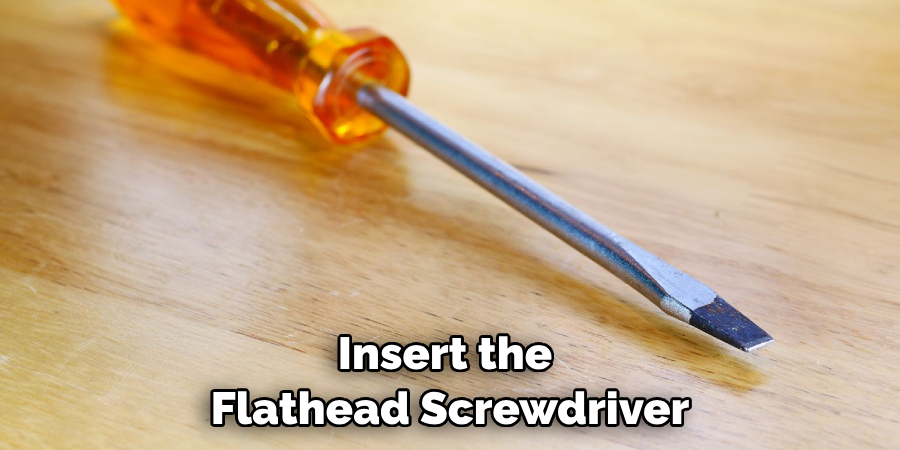
Now that you’re all geared up, locate the keyhole of the storage cylinder lock. Insert the flathead screwdriver into the keyhole. Make sure the screwdriver is small enough to fit into the keyhole but large enough to apply pressure. When unlocking the lock, position the screwdriver at the same angle as the key. Remember, this step requires patience and precision to avoid damaging the lock mechanism.
Step 3. Apply Pressure and Twist:
While maintaining the screwdriver’s position, apply steady, upward pressure and gently twist the screwdriver clockwise, mimicking the function of a key. Be certain not to force it, as this could further damage the lock mechanism. It might take a few tries, but if done correctly, the lock cylinder should eventually turn, and the lock will open. If the lock remains stubborn, move on to the next steps.
Step 4. Utilize the Pliers:
If the lock remains unyielding, it’s time to remove the pliers. Use them to grip the cylinder firmly and attempt to rotate it. This method may cause some damage to the lock, but it can be effective when the screwdriver method fails. The pliers give you more leverage, allowing you to exert more force on the stubborn lock. Be sure to maintain safety precautions while using the pliers, as they can slip and cause injury if not handled correctly.
Step 5. Implement the Impact Driver:
If the lock remains in place despite previous attempts, it’s time to introduce the impact driver. Please only use this method as a last resort, as it may cause extensive damage to the lock. Attach a suitable bit to the impact driver that fits into the keyhole. Then, apply steady pressure while slowly ramping up the torque. The rotational force exerted by the impact driver can force the lock cylinder to turn, effectively breaking the lock.
Step 6. Dealing with a Broken Lock:
Once you’ve successfully broken the lock and gained access to your storage cylinder, it’s essential to address the broken lock. Assess the damage you’ve done in the process. If the lock is extensively damaged, repairing it may not be viable, and might need replacement. If the damage is minor, you can repair it with the right tools or hire a professional to do it. Remember, re-securing your storage cylinder is just as important as gaining access to it in the first place.
Step 7. Replacing or Repairing the Lock:
Once you’ve assessed the damage, decide whether a repair or replacement is necessary. If you decide to repair, ensure you have the correct tools and spare parts. In case of replacement, choose a robust, high-quality lock that provides excellent security for your storage cylinder. Always remember, investing in a good lock now can save you the trouble of breaking it again in the future.
Step 8. Installation of the New Lock:
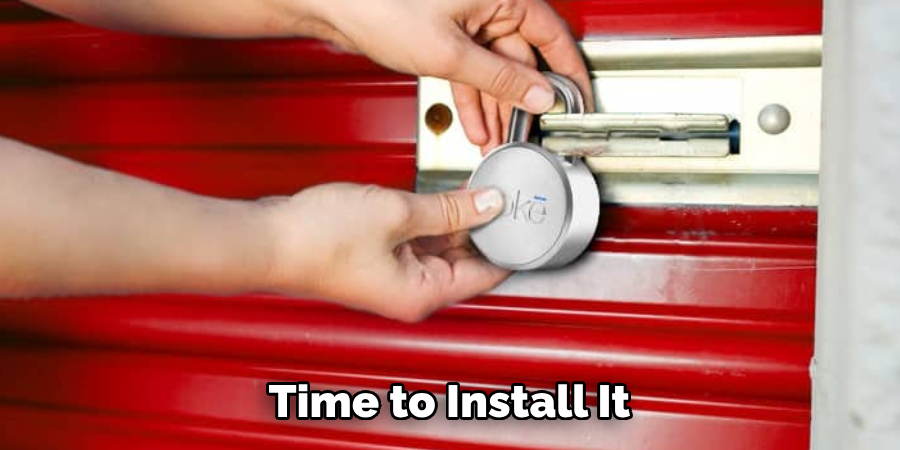
Once you have your new lock, it’s time to install it. Make sure the new lock is compatible with your storage cylinder. Start by removing any debris or remnants from the old lock. Then, carefully insert the new lock cylinder into the hole. Ensure it fits snugly and turns smoothly.
After the cylinder is in place, secure it with the provided screws or existing hardware. Test the new lock several times to ensure it’s functioning correctly before securing any items inside the storage cylinder. Safety first!
Step 9. Clean Up:
After successfully installing the new lock, it’s time for cleanup. Collect all the tools used and store them properly. Safely dispose of the old lock and any debris that may have been created during the process. Remember, keeping your workspace clean is part of safety protocol and prepares the area for future tasks.
Step 10. Regular Maintenance:
Ensure the longevity of your new lock by conducting regular maintenance. This can include cleaning the lock with a mild detergent and applying a lubricant to keep the mechanism running smoothly. Check regularly for signs of wear and tear.
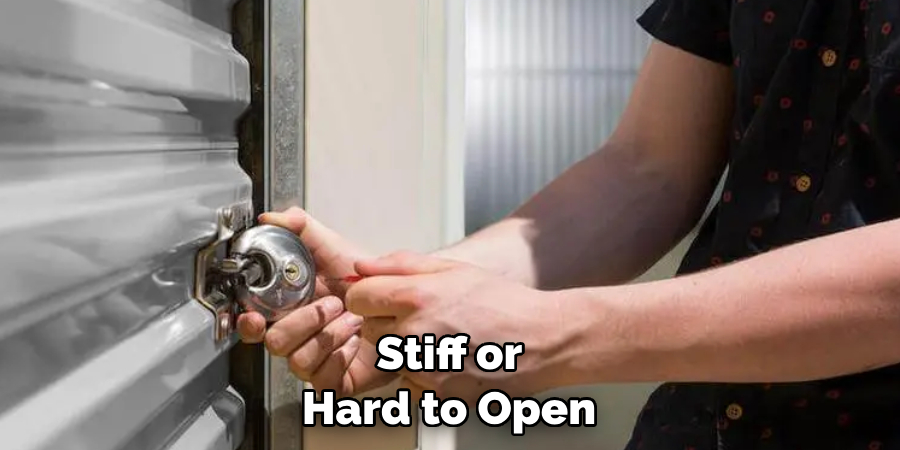
If the lock starts to become stiff or hard to open, it may need replacing. Regular maintenance can help prevent future lockouts. Remember, taking care of your lock can save you time, money, and frustration.
By following these ten simple steps, you can easily break a storage cylinder lock and replace it with a new one. Ensure you have the correct tools and are always cautious when breaking locks.
5 Additional Tips and Tricks
- If you have access to a tool like a hammer or screwdriver, you can use it to break the lock. Hammering the cylinder from different angles is one way of breaking it quickly and easily.
- You can also use a pair of pliers to twist open the lock mechanism by gripping it firmly with the pliers and twisting it in an anti-clockwise direction.
- Using a hacksaw can also help break the lock. This may take longer, but it can be effective in some cases.
- A drill can also be used to make a hole into the cylinder, allowing you to access the locking mechanism and then unlock it from there.
- If all else fails, you can always resort to brute force by simply using a hammer and chisel to break open the lock. However, this is usually not recommended as it can cause more damage than necessary.
It’s important to note that some locks are designed so that even these tips and tricks will not be effective in opening them. If you need a different method, seeking professional help, such as a locksmith, is best.
5 Things You Should Avoid
- Do not try to pick the lock. This may damage or break the cylinder, which is illegal in some places.
- Avoid using a hairpin or other objects that can easily bend or break off inside the mechanism. This can cause more damage than help you in unlocking the storage cylinder lock.
- Try not to use too much force when attempting to break the lock. This can result in more damage to the cylinder, which is not recommended.
- Do not use any kind of lubricant or other substances that could cause the mechanism to seize up and become stuck.
- Only use tools like a hacksaw or drill if you are experienced with them; they may cause more damage than help to unlock the storage cylinder lock.
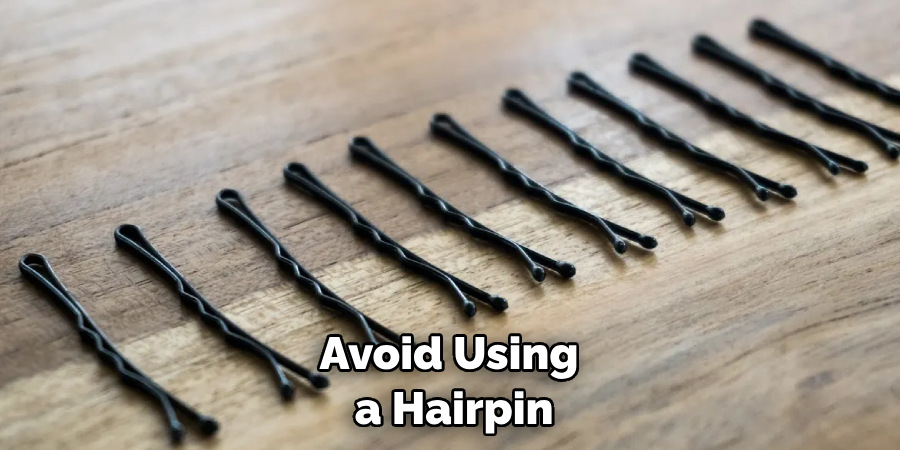
Although it can be tempting to try and break a storage cylinder lock yourself, it is highly recommended that you seek professional help if none of these tips and tricks work for you.
What is the Best Drill Bit for a Cylinder Lock?
When drilling into a cylinder lock, the best type of drill bit is one specifically designed for this purpose. The drill bit’s size and shape should match the lock’s keyway opening. A diamond-coated or carbide-tipped drill bit will provide the best results when drilling through a cylinder lock.
It’s also essential to use the correct speed and pressure when drilling into a cylinder lock. Too much pressure can cause excessive wear or even damage the lock, while too little pressure may not be enough to penetrate the cylinder.
Finally, always remember to wear the appropriate safety gear and take caution when operating a drill. Never point it at yourself or another person; always unplug the drill before changing bits or making any adjustments. These simple steps ensure that your drilling project is completed without any problems or injuries.
Conclusion
In conclusion, opening a storage cylinder lock without the key is possible if you are prepared and have the right tools. No matter your chosen method, you may encounter some difficulty along the way. It helps to be patient and have a backup plan if things don’t work out the first time.
With a little practice, you should soon be able to unlock storage cylinders easily. This will free up valuable space in your home and allow you to store your belongings safely without worrying about losing your key. Why wait? Start unlocking your storage cylinders today!
Hopefully, the article on how to break a storage cylinder lock has helped provide you with the steps and tips to do it safely and successfully. Good luck!
About
Safety Fic is a distinguished figure in the world of Diy design, with a decade of expertise creating innovative and sustainable Diy solutions. His professional focus lies in merging traditional craftsmanship with modern manufacturing techniques, fostering designs that are both practical and environmentally conscious. As the author of diy, Safety Fic delves into the art and science of Safety Fic-making, inspiring artisans and industry professionals alike.
Education RMIT University
(Melbourne, Australia) Associate Degree in Design (Safety Fic) Focus on sustainable design, industry-driven projects, and practical craftsmanship. Gained hands-on experience with traditional and digital manufacturing tools, such as CAD and CNC software.
Nottingham Trent University
(United Kingdom) Bachelor’s in diyfastly.com and Product Design (Honors) Specialized in product design with a focus on blending creativity with production techniques. Participated in industry projects, working with companies like John Lewis and Vitsoe to gain real-world insights.
Publications and Impact
In diy, Safety Fic his insights on indoor design processes, materials, and strategies for efficient production. His writing bridges the gap between artisan knowledge and modern industry needs, making it a must-read for both budding designers and seasoned professionals.
